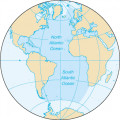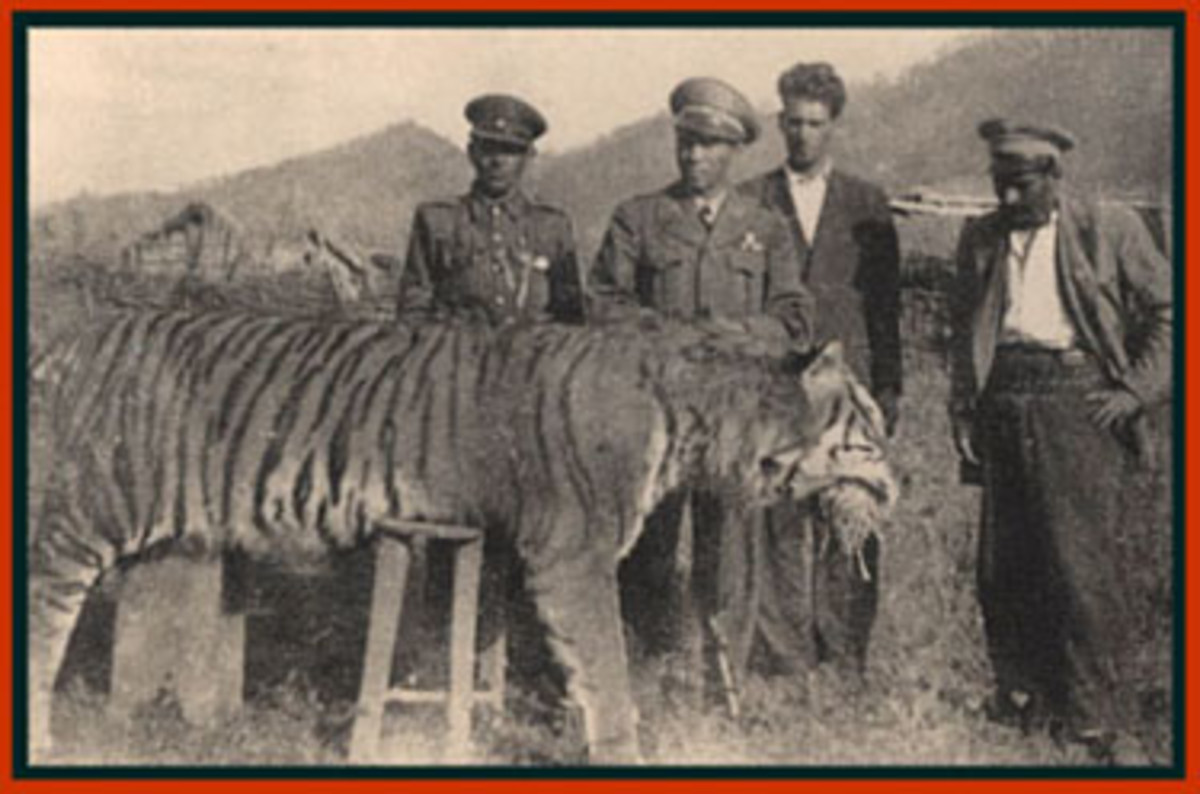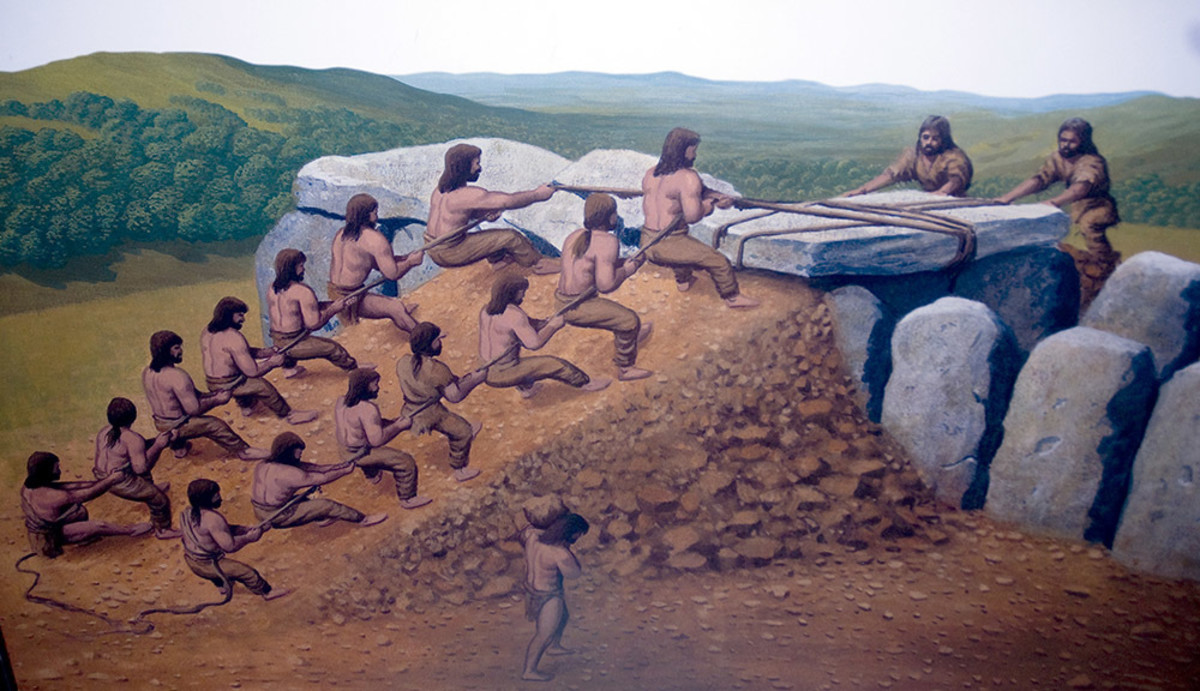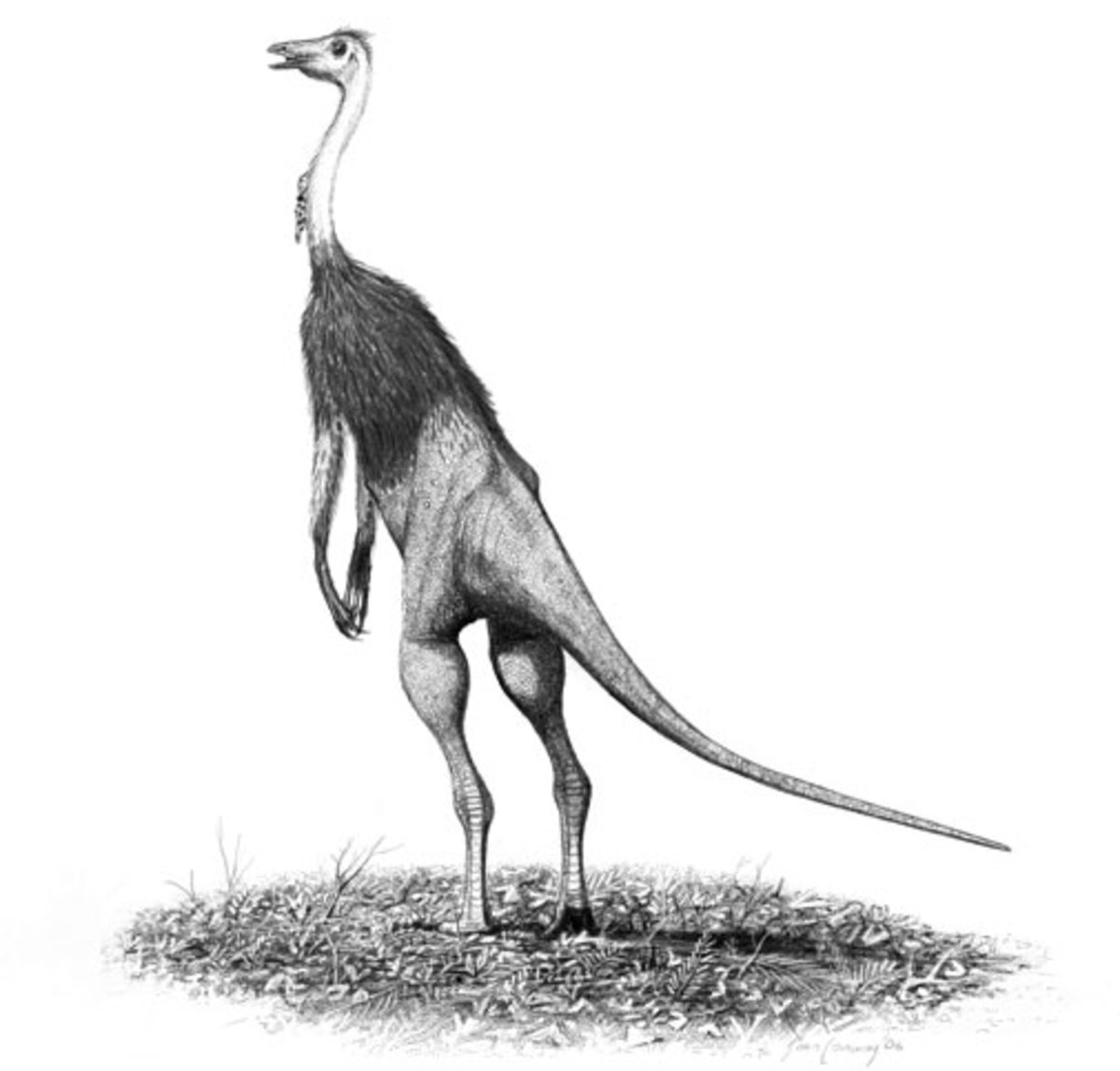Mass Extinction of Mega Fauna and Catastrophic Events

Most theories regarding mass extinctions mainly focus on climactic changes. These include volcanic eruptions, asteroid impact, and ice age. Professor Aren’s Double Whammy theory explains that it could even be more than one catastrophic event that could have lead to mass extinction (O'Hanlon, 2006). For Johnson, the global spread of humans had a big impact on the vanishing faunas. According to him, before the spread of men, all continents and most islands have very rich fauna like mammoths, ground sloths, giant kangaroos, moa and other mega faunas (Johnson, 2009). Zimmer’s theory intertwines with Johnson when she suggested that the mega fauna extinctions were caused by pathogens and viruses carried by migrating humans at the end of the last ice age. Since these are relatively new disease for the mega faunas, most of these creatures did not developed in their immune system to resist these deadly diseases causing the decline in their population (Zimmer, 2005). A different study by the Journal Nature also claims that it was the ocean that caused the periodic mass extinction. Particularly the rise and fall of sea levels that caused epic ebbs and flow over a period of time greatly impacted the lives of the land creatures (Science Daily, 2008).The father of vertebrate paleontology Georges Cuvier however, believes that extinction is a fact of life. He associated his mass extinction theory to the Great Flood as described in the Bible which could also be tied up to the study done by Journal Nature. Cuvier believed that flora and fauna are unchanging in their lifetime—they are structured in a specific manner to perform a purpose in such a way that they are constrained to any change that could lead to their extinction in case of catastrophes on which they have no faculty to adopt (Sally, 2003).
It would be logical to think that extinction is not caused by just one catastrophe alone (unless its Armageddon of course). Ergo, various factors intertwined to cause the extinction of these creatures. It could be that because of the increase of population of man forced them to spread out. This calls for men to adapt to new environment. The adaptation in new environment, security and self-preservation meant they hunted the mega fauna for meat, clothing, tools (bones), and security reasons and thus these animals dwindle in their population. Combine the hunting of these mega creatures with new disease and changes in the environment and we have a formula for extinction. Dwindling population can be caused by new disease that the creature’s immune system cannot fight. Second, lack of vegetation and food would mean most of the creatures would starve. Third is the loss of shelter because of man-made changes in their habitat. Dwindling population exacerbated by possible climate change could have impacted their survival level. Furthermore, procrastination would be an issue if there are not enough creatures in one location to procreate. These events created some sort of domino effect that in whole, could explain the extinction of these fauna.

Survival or Extinction?
- Dinosaur Extinction
There is still no definite explanation as to why dinosaurs disappeared. But scientists have been arguing on several theories on the possibilities of what might have occurred. - Can Humans Survive another Ice Age?
can humans survive another ice age? the chances of human survival towards another ice age is greater than before with the utilization of technological advances that we have now. - Anthropcene
Paul Crutzen proposed that Anthropocene is the result of the vast expansion of human population.
Domino Effect Theory
I would like to call my theory the “Domino Effect theory.” The interplay between creatures and environment thus created the domino effect that leads to the mass extinction of mega faunas. The effect of which is part of the great cyclic pattern of life. Some animals would be driven to extinctions while some would learn to adopt. It could also be that mass extinctions happen periodically—be it a great flood, volcanic eruption and other natural causes.
References
Johnson, C.N.Ecological Consequences of Late Quaternary Extinctions of Mega Fauna. 2009. Web. 28 July 2009.
O'Hanlon, Larry. Double Whammy Causes Mass Extinctions. 24 October 2006. Web. 29 July 2009.
Salley, S.W.The French Naturalist Founder of Vertebrate Paleontology: Georges Cuvier. 2003. Web.29 July 2009.
Science Daily.Sea's Ebb And Flow Drive World's Big Extinction Events, Study Suggests. 16 June 2008. Web.29 July 2009.
Zimmer, Carl. Carriers of Extinction. 1 July 1995. Web. 29 July 2009.









